Por un escritor de hombre misterioso

For frost development, you'll want a clear night with calm winds and moisture in the air. Frost can occur with temperatures of 36°F or lower because the temperature reading occurs 5 feet off the ground. The air right at the surface is a little colder and can lead to frost development even with temperatures slightly above freezing.

Polar vortex envelops Northeast with dangerously cold temperatures
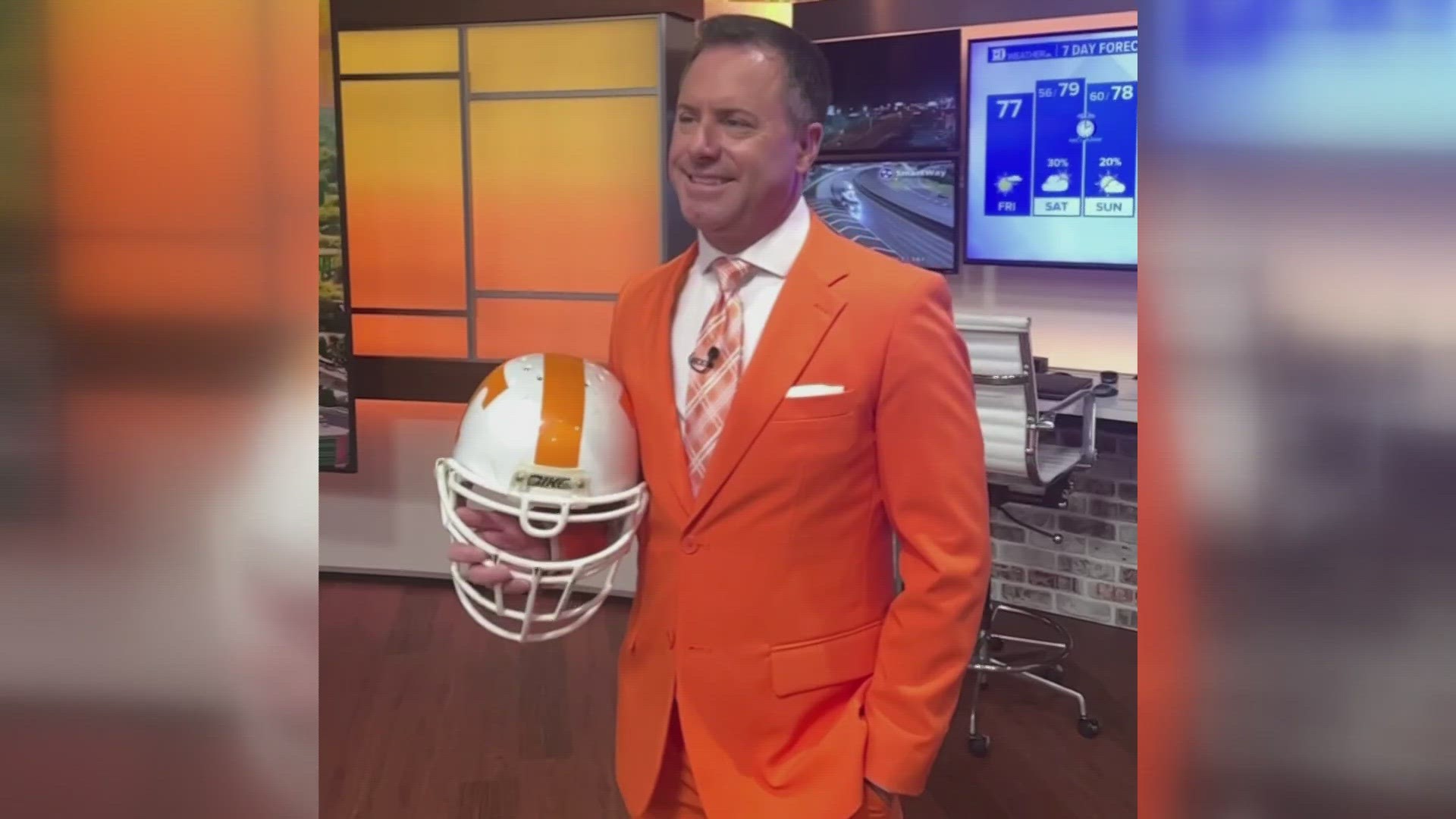
WBIR Morning Meteorologist Mike Witcher is leaving the station

Michigan school closings: how superintendents make decisions on snow days
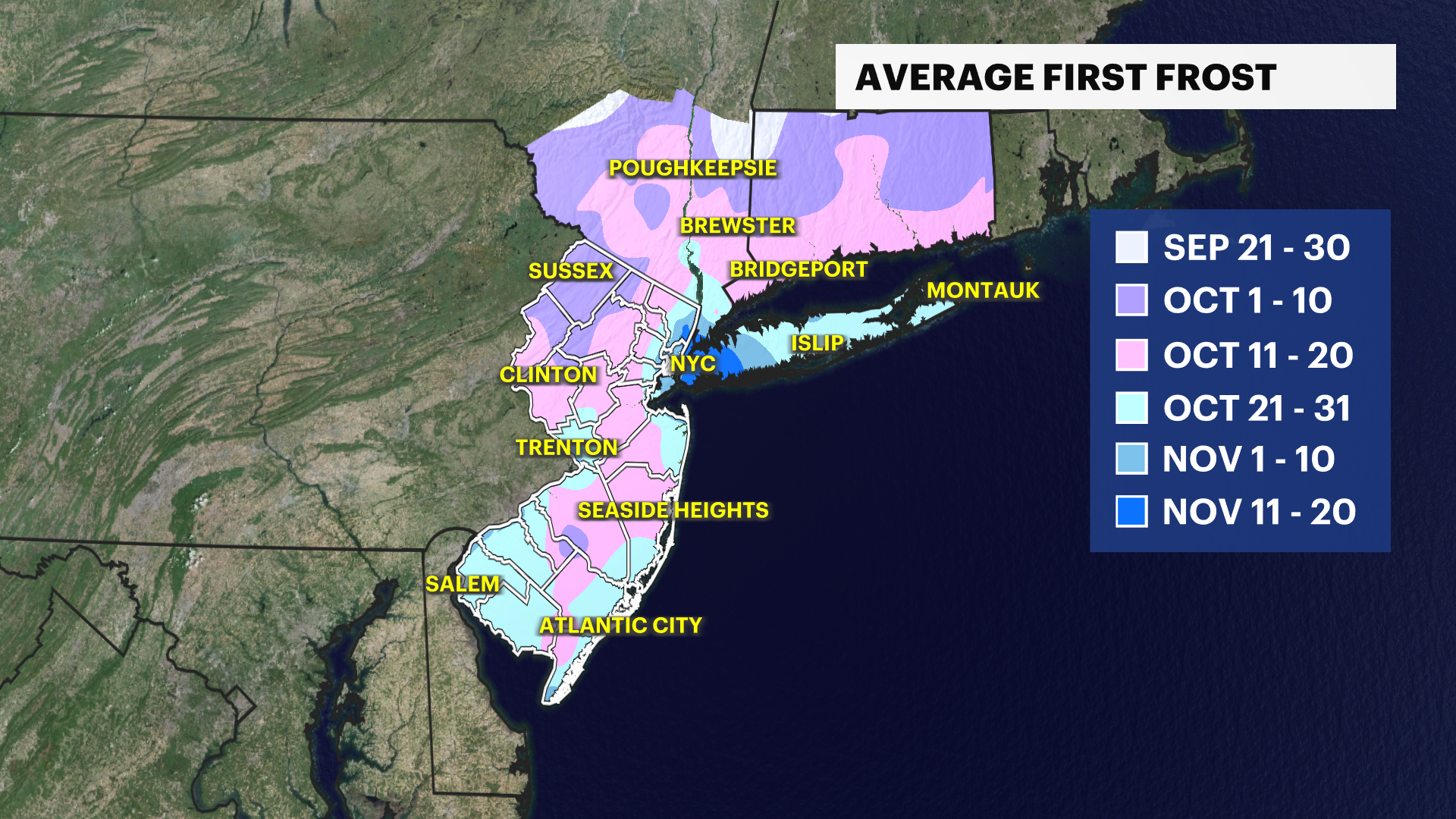
How does frost form? Here are some frost facts to know
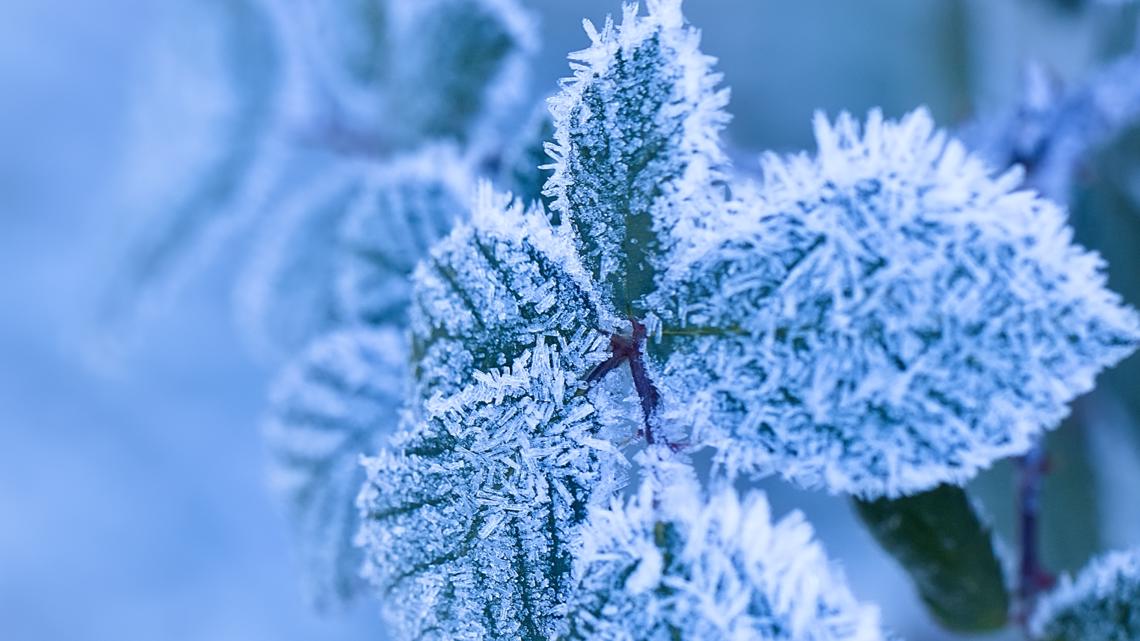
How frost forms and the different types
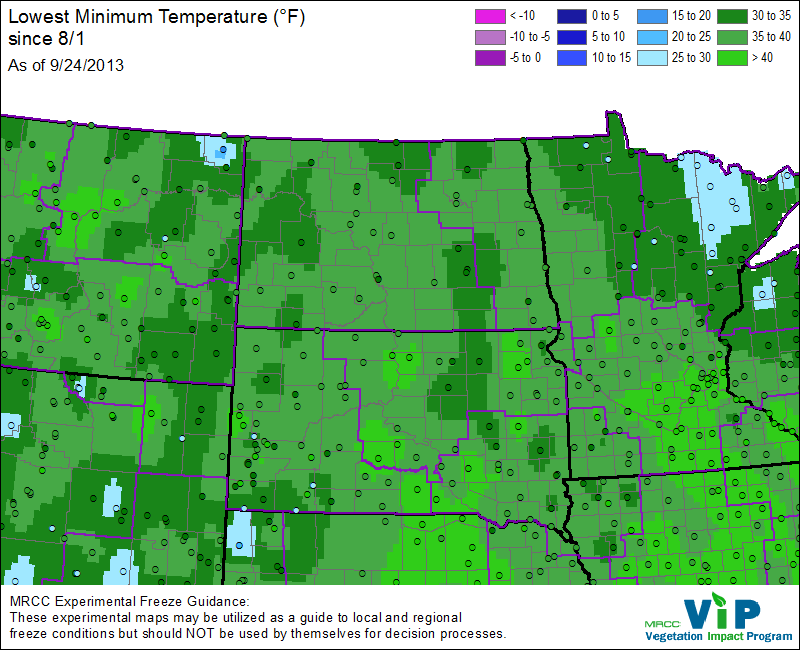
NWS Science Corner: How does Frost Form with Low Temps Warmer than 32F?

Jet Stream Changes Could Amplify Weather Extremes by 2060s

Winter Won't Let Go of This Frozen House
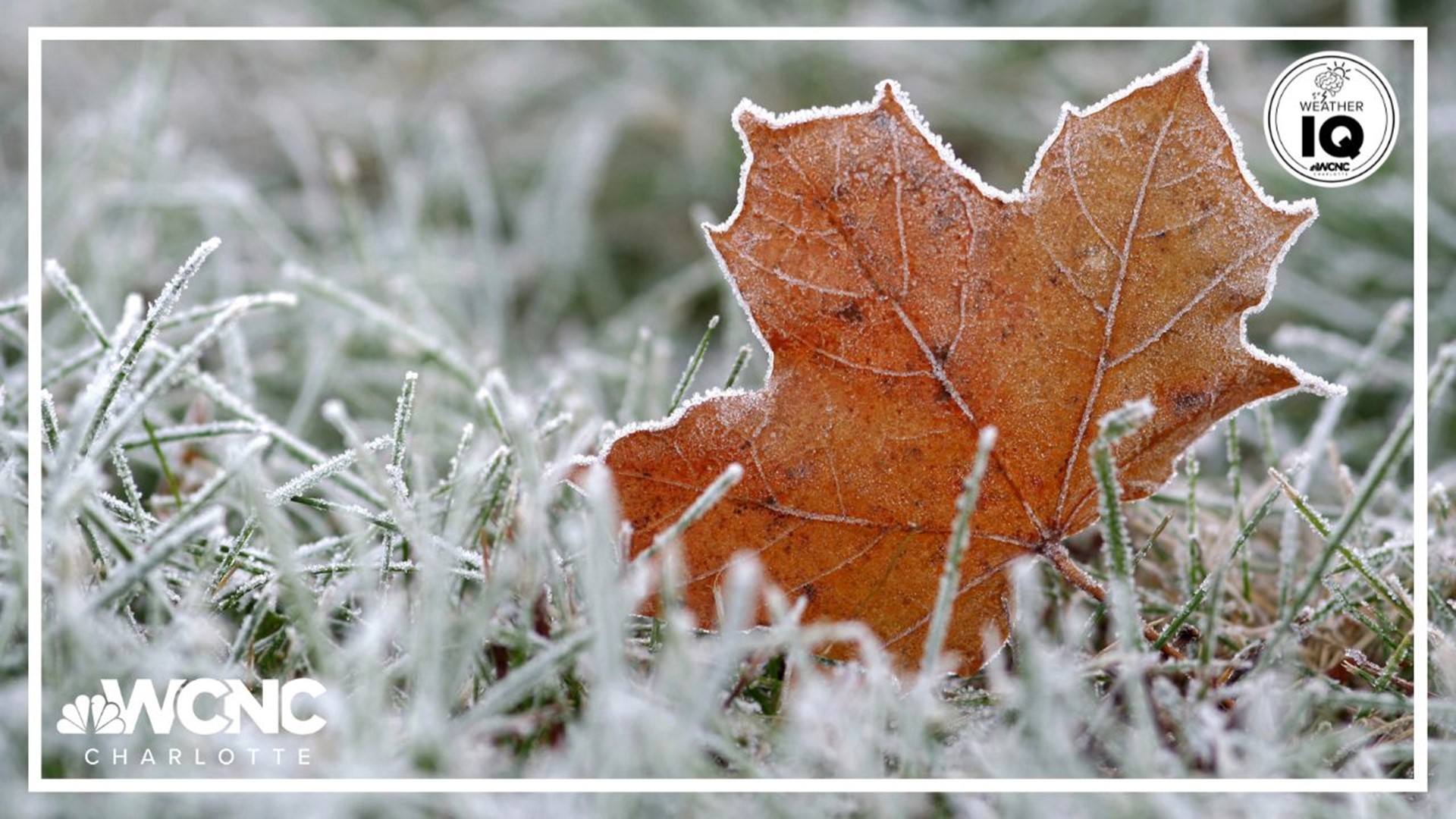
How frost forms when the temperature is above 32 degrees

Meteorologist Mike: Weather Reporting and Safety by KidZ Learning Connections

Mike's Weather School: How does frost form?

Bitter cold, windy weather creates ice balls on northern Lake Michigan

When is the Normal Last Freeze? Patchy frost and cool Canadian air in the forecast

Precipitation type defined: Rain, freezing rain, sleet, and snow